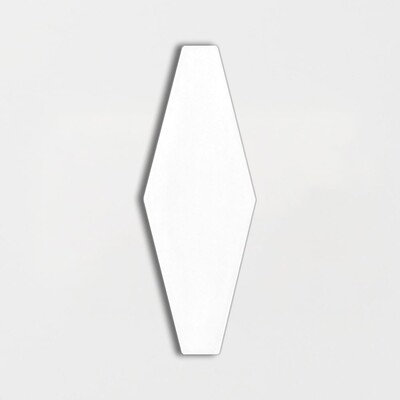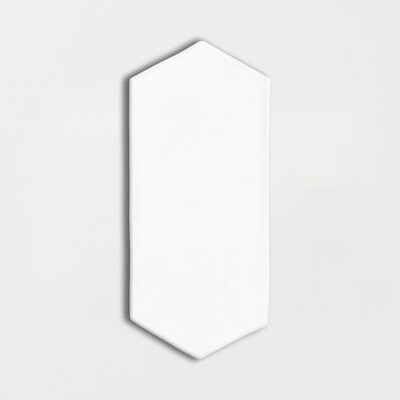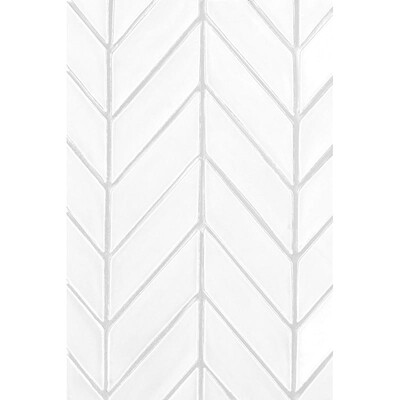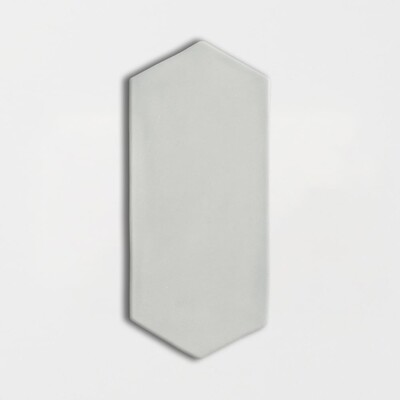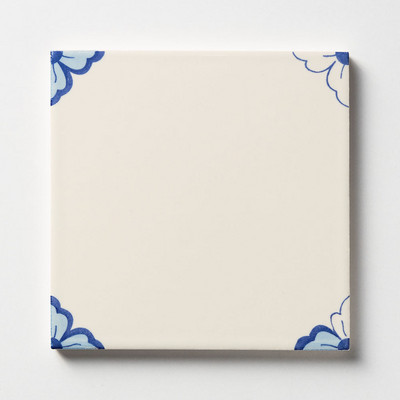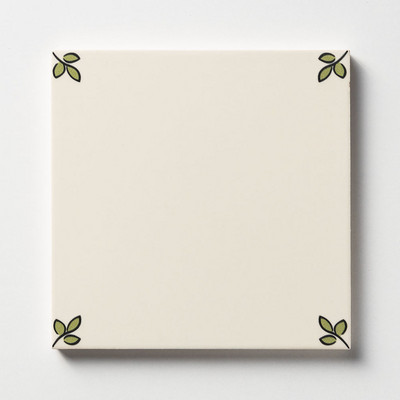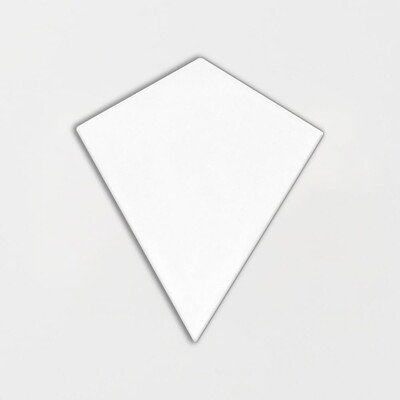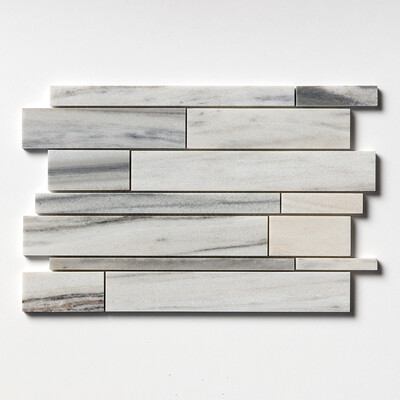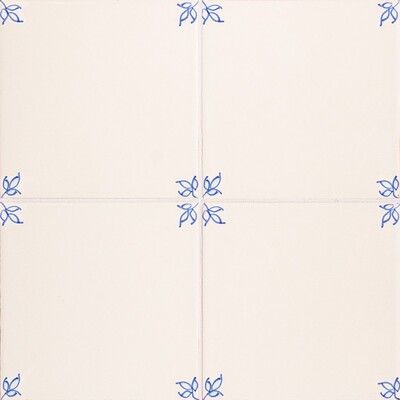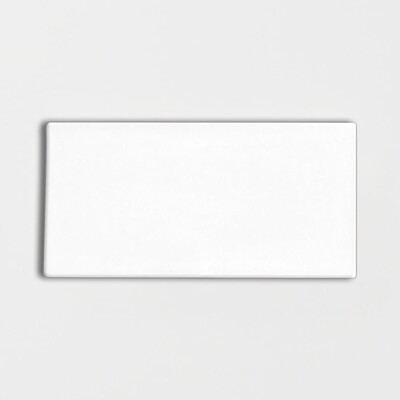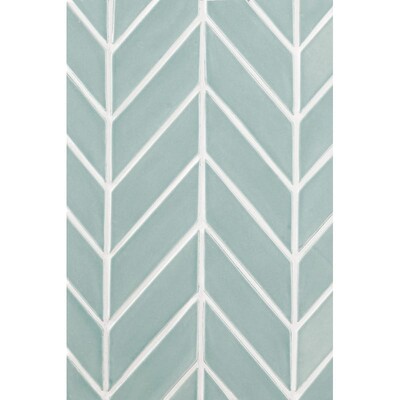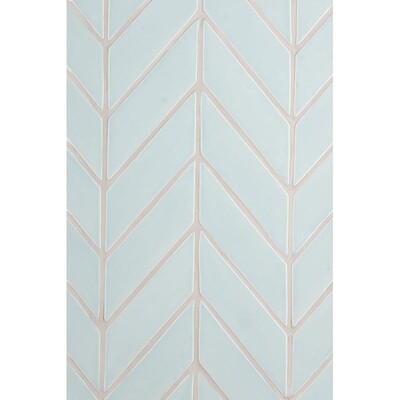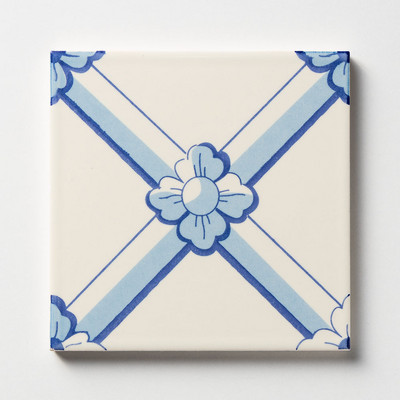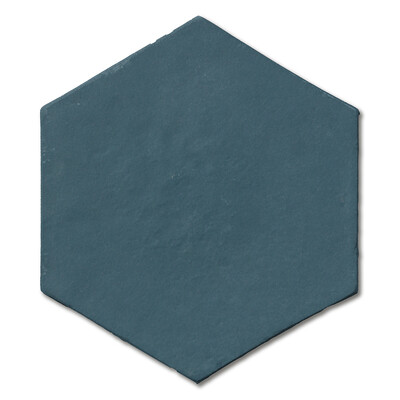1–20 of 2419 results
Tiling a wall is often considered more challenging than a floor due to specific intricacies such as intricate cuts, precise alignment requirements, and the need for meticulous attention to detail. This holds true for various applications, including kitchen wall tiles and bathroom wall tiles.
Wall tile is simply a protective and decorative covering that goes on your walls instead of paint or wallpaper. Think of it as armor for your walls that also happens to look great. It protects against moisture, stains, and daily wear while adding style to your space. Most wall tiles are made from ceramic, porcelain, glass, or natural stone tiles. They're especially popular in kitchens, bathrooms, and anywhere you need surfaces that are easy to clean and maintain.
Porcelain wall tiles are your best friend for durability because they're fired at higher temperatures, making them denser and stronger than regular ceramic. Ceramic tiles work great for most situations and cost less, while marble tiles are gorgeous but need more care since they can stain and scratch more easily. For high-traffic areas or places that get really wet, porcelain wins every game.
Porcelain and ceramic tiles are your safest choices for shower walls because they don't absorb water and can handle daily soaking. Glass tiles also work great in showers since water just rolls right off them, plus they make small showers feel bigger. Natural stone like marble looks incredible but needs regular sealing to prevent water damage and staining. Think about your needs and how regularly you'll take of your tiles, and the right decision will appear.
Yes, wall tiles need grout to fill the gaps between tiles and create a watertight seal. The gap between wall tiles is usually 1/16 to 1/8 inch for most installations, though larger tiles sometimes use slightly bigger gaps. Grout isn't just for looks: it keeps water from getting behind your tiles and causing damage. Without proper grout, your tiles could come loose or develop mold problems behind the wall.
Install your wall tiles first, then paint around them. This way, you can caulk where the tiles meet painted walls for a clean, professional finish. If you paint first, you'll likely get grout and adhesive on your fresh paint job, which means touching up or repainting anyway. Plus, it's much easier to tape off tiles to protect them during painting than to try to tile around already-painted walls perfectly.
It depends on your budget and where you're installing them. Ceramic tile wall costs less and work great in most bathrooms and kitchens where they won't get beat up too much. Porcelain costs more but handles moisture, stains, and impacts better, making it perfect for busy areas or anywhere you want maximum durability. Both clean easily and come in tons of styles, so choose based on your budget and how much wear the area will see.
There's no single "best" color, to be honest. It depends on your room, the lighting capacity, and style. Neutral colors like white, beige, and gray work with any decor and won't look dated in a few years. Green wall tiles are really popular right now because they bring that natural, calming vibe people want. Light colors make small spaces feel bigger, while darker colors add something bold but can make rooms feel smaller.
Start from the center of your wall and work outward to keep your pattern balanced. Most people choose between staggered (offset) or straight (grid) patterns. Staggered layouts like subway tile patterns hide imperfections better and add visual interest, while straight layouts create clean, modern lines. The key is keeping your first row level; if that's crooked, everything else will be too.
Wall tile sizes range from tiny 1-inch mosaics to large 12x24 tiles and everything in between. Subway tiles come in classic 3x6 inches or larger 4x12 and 6x12 sizes for a more modern look. Large format tiles (12x12 and bigger) have fewer grout lines, making them easier to clean and giving a sleeker appearance. Mosaic tiles let you create detailed patterns but have more grout lines to maintain; pick based on the look you want and how much cleaning you want to do.
Peel and stick tiles are okay for temporary fixes or rental situations, but they won't last as long as properly installed ceramic or porcelain tiles. The adhesive can fail over time, especially in humid areas like bathrooms, causing tiles to fall off or curl at the edges. They're also thinner than real tiles, so they don't have the same durability or premium look. If you're planning to stay in your home for more than a few years, invest in proper wall tiles with professional installation.
Always start from the bottom and work your way up when installing wall tiles. This way, each row supports the one above it while the adhesive sets, preventing tiles from sliding down. You'll need to install a level starting board (called a batten) at the bottom to keep your first row straight. Starting from the top would cause tiles to slip before the adhesive cures, creating a wavy, unprofessional-looking installation.
We know, you want to change the atmosphere of your spaces to get something more beautiful, and you know wall tiles could fix the problem. But where should you even start? We've been helping people figure this out for years, and honestly, it's not as complicated as the internet makes it seem. Let's break the code and create the best rooms!
Your Kitchen Deserves Better Than Builder Basic
Your kitchen wall tiles take a beating every single day. Grease splatters, steam from boiling pasta, and kids flinging spaghetti sauce, these tiles need to handle it all without looking like a disaster zone six months later. Choosing pretty tiles that can't handle real cooking, then regretting it when they're scrubbing stains that won't budge.
Ceramic wall tile works great for most kitchens because it cleans up easily and doesn't cost a fortune for a brand new kitchen. But if you're cooking a lot and want something tougher, porcelain wall tile handles heat and stains better. Either way, you want something that'll still look good when your best friend drops by unexpectedly.
The thing about kitchen wall tiles is they're always on display. Unlike floor tiles that get covered by rugs and furniture, these are right there at eye level every time you're making coffee or washing dishes. Pick something you won't get sick of looking at every morning for the next ten years.
Bathroom wall tile ideas have to start with one basic fact: these tiles are going to get soaked regularly. Shower wall tiles especially need to handle constant moisture without growing weird stuff or falling off the wall. We've replaced plenty of installations where people picked the wrong materials and ended up with problems. At Country Floors, that's why we love to help you create functional spaces with the right installations.
Glass wall tile works really well in bathrooms because water just rolls right off. Plus, it makes small bathrooms feel bigger by reflecting the light around. Marble wall tile looks incredible for luxurious and classic interiors, but you need to seal it properly, or you'll have staining issues down the road.
Here's something most people don't think about: bathroom wall tiles affect how your space feels every morning. Dark colors can sometimes make small bathrooms feel cramped, while lighter tiles open things up. Blue wall tile reminds you of spa days, while white wall tile keeps things fresh and clean-looking. But that is not a fact, it's totally up to you how you'll design!
Living Rooms Are Getting the Tile Treatment Too
Living room wall tile ideas used to sound crazy, but now we're installing accent walls all the time. Brick wall tiles give you that loft look without the mess and expense of real brick; also, they are not only in the terracotta color anymore. We have many more colors and design options for brick walls! 3D wall tiles create a visual illusion on your walls, just like a kaleidoscope!
The trick with living room installations is picking something that works with your furniture and won't disappoint you when you're trying to relax. Neutral tones usually work best because you can change your decor without redoing the wall.
Materials That Make Sense for the Right Installations
Ceramic and Porcelain Options
Ceramic wall tile is the workhorse of the tile world. It's affordable, comes in tons of colors and styles, and handles everyday life without drama. We sell more ceramics than anything else because it just works for most people's needs. Need something customized? Shop our hand painted tiles, or need something classic? Solid color ceramic tile options are the ones that you've been looking for!
Porcelain wall tile costs a bit more but gives you extra durability. If you've got kids who somehow manage to throw things at walls, or you're in a high-traffic area, porcelain bounces back better from impacts and daily wear. And yes, porcelain is worth its price, so you can count on porcelain on your walls as well as on your floors.
Natural Stone That Tells Stories
Stone wall tile brings natural patterns that never look exactly the same twice. Travertine wall tile has this earthy feel that works in both modern and traditional homes. You'll see little fossil marks and natural variations that give each piece something unique, something you can't find on any other natural stones.
Limestone wall tile is subtler but still has that natural texture you can't fake with manufactured materials. Marble wall tile is the showstopper; those veining patterns formed over millions of years, and no two pieces match exactly.
Glass and Specialty Materials
Glass wall tile works magic in small spaces because it reflects light and makes rooms feel bigger. Plus, it's practically bulletproof when it comes to stains and moisture. We use it a lot in bathrooms and kitchen backsplashes where easy cleaning matters.
Portuguese tile and Spanish tile add traditions to your walls with hand-painted details you can't get anywhere else. These aren't mass-produced factory tiles; they have the small imperfections that show someone actually made them by hand. Each piece has slight variations that give installations real character. They are the type of tiles you'd showcase like they are pieces in a museum.
Colors That Work in Every Wall
Popular Color Choices
Green wall tile has gotten popular lately because people want to bring nature indoors. It works especially well in bathrooms where you want a spa-like feel, or a bathroom design just like you've brought it from Hawaii. Black wall tile creates drama, but use it carefully; a little goes a long way. We usually recommend it for accent areas, but in some cases, it belongs to entire walls.
White wall tile never goes out of style because it works with everything. You can change your paint, furniture, and accessories without worrying about clashing with your tiles. Blue wall tile brings that calming water vibe that works great in bathrooms and coastal-themed spaces. Or don't go coastal, just a classic Mediterranean will work well on blues.
Getting the Pattern Right
Traditional Patterns That Never Fail
Wall tile patterns can make or break a room. Simple subway tile patterns work in almost any space because they don't compete with your other design elements. Vertical stacked patterns create clean lines that make ceilings look higher.
Mosaic wall tile lets you create detailed designs, but it's harder to clean because of all the grout lines. If you love the look but hate maintenance, use mosaics as accents rather than covering entire walls.
Fluted wall tile has these vertical ridges that add texture without being too busy. But the most perfect point of a fluted wall? All of the colors and materials look sculptural! You can create your own art gallery on your walls.
Outdoor Spaces Count Too
Weather-Resistant Options
Outdoor wall tile ideas work great for covered patios and pool areas. These tiles need to handle weather changes without cracking or fading. We've got porcelain options that look like natural stone and wood but won't absorb water and crack when temperatures drop.
Design Considerations for Outdoor Walls
Outdoor installations let you be bolder with colors and patterns because you've got more space to work with. Large format tiles work especially well outside because fewer grout lines mean less maintenance and a cleaner look.
Come See What Works for Your Space
Reading about tiles online only gets you so far. You need to touch them, see how they look in different light, and figure out what works with your space. Our tile showroom near you lets you see full installations and talk to people who've done this before.

